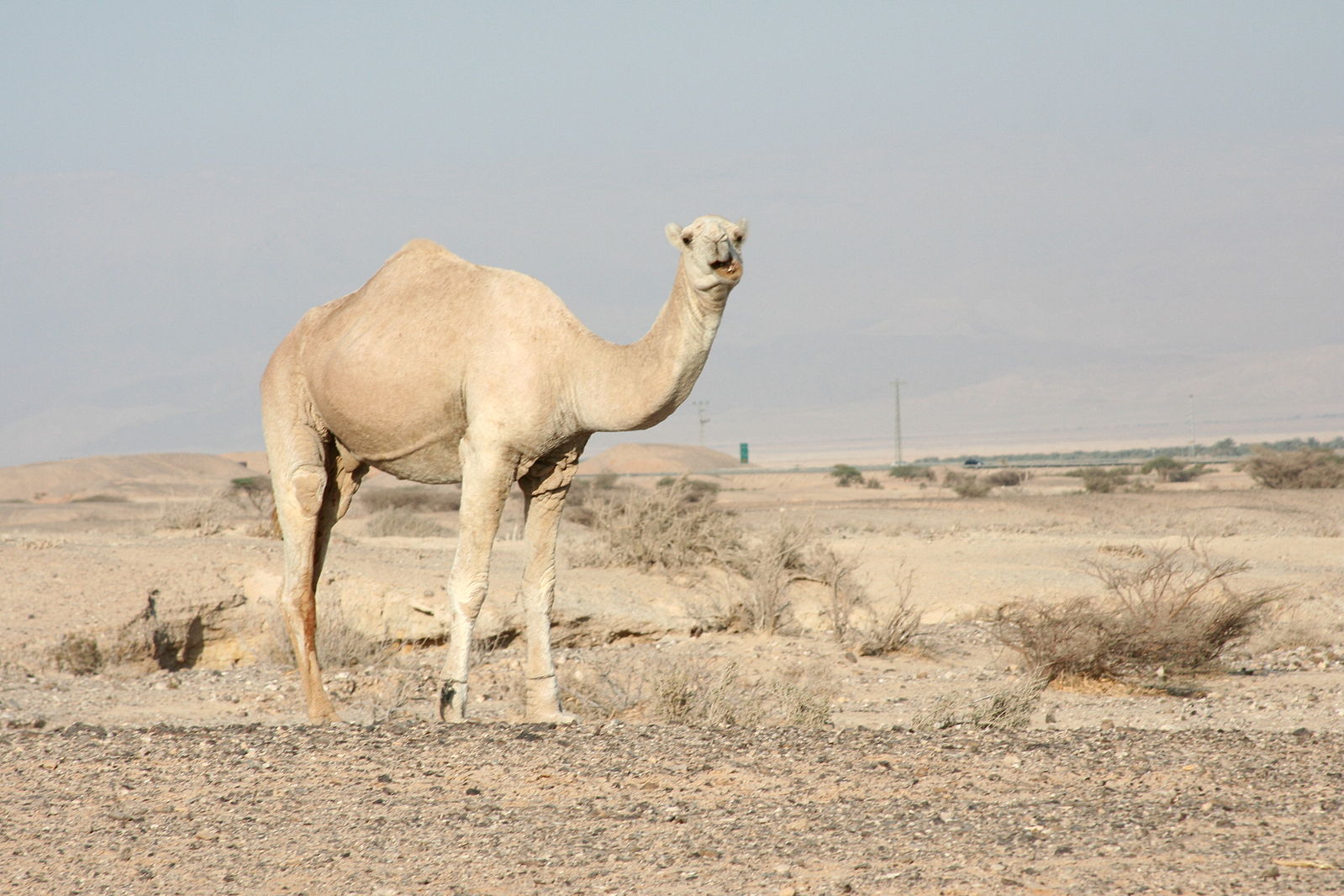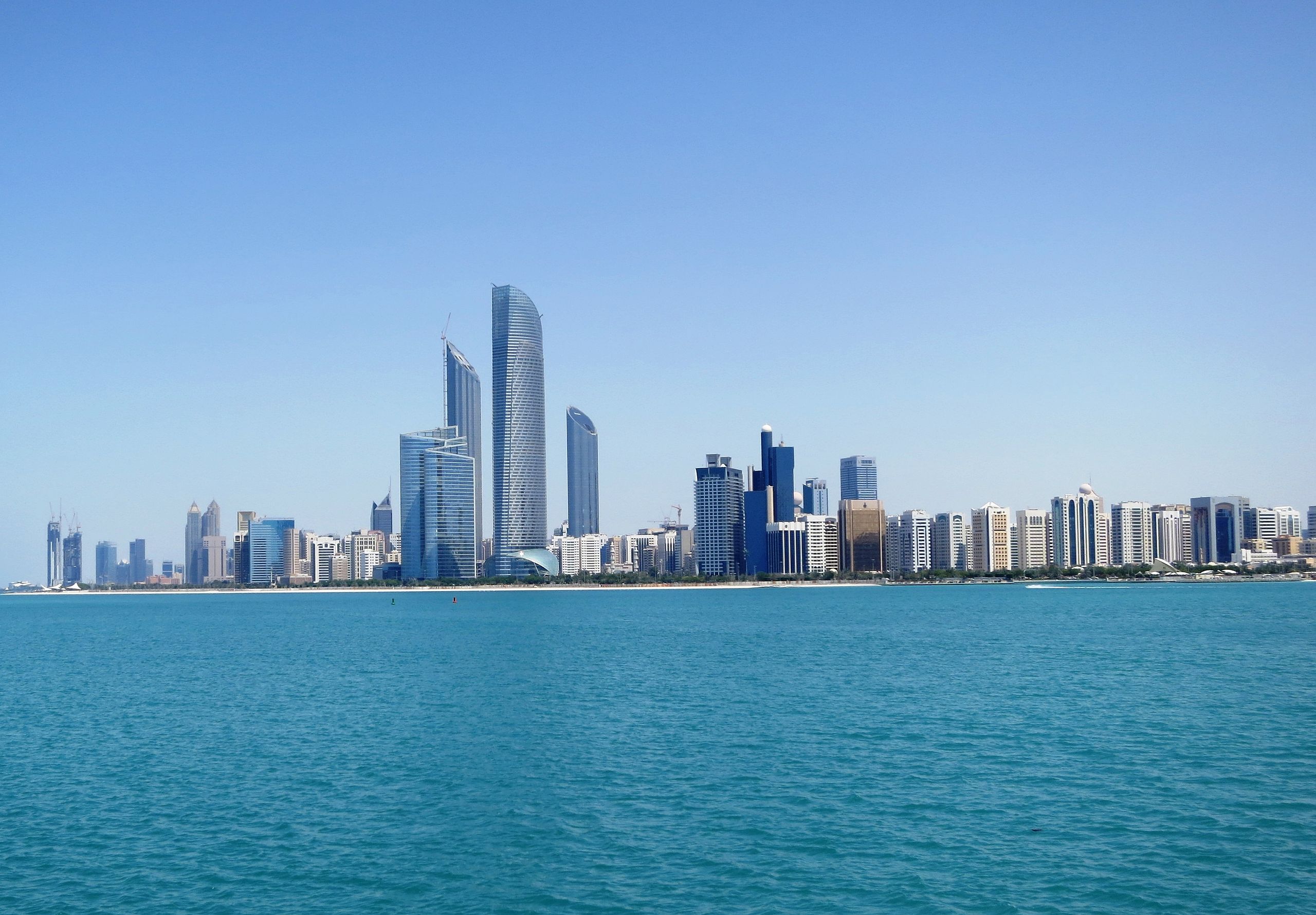Arabic is a diverse language, with a rich history. It is a Semitic language which has become one of the most widely-spoken languages in the modern world. Its classical Fusha variety found in the Qur’an is used in the daily worship of more than 1.6 billion Muslims worldwide. Its modern standard variety pervades an ever-increasing number of print, internet and media sources, and is the official language of government and education across North Africa and the Middle East. At its core lie a multitude of Arabic dialects, their origins emerging from the pre-Islamic communities and tribes of the Arabian Peninsula and Levant approximately 2000-2500 years ago.
In the present day, around 250 million native Arabic speakers use an intricate blend of all these varieties in their daily lives. They adapt their language to suit both formal and informal situations, work and home, as well as in their interaction with other Arabic speakers from both their own countries and beyond. Communities, cities, regions and countries retain their own distinct dialects, which still reflect the historical development of Arabic itself. These dialects manifest themselves in popular music, literature, poetry, theatre and film. From Morocco to Kuwait, and from Syria to Sudan, they continue to adapt and evolve.
This website presents a growing archive of Arabic dialects. It provides a description and examples for each individual dialect, based on a common model that allows side-by-side comparison. Our aim is to provide a comprehensive database of spoken Arabic, one that is accessible to all those interested, and which encourages further research. We also seek to include new dialects in our database, so if you would like to add your own dialect then please contact us at the address below. Any comments and suggestions are also warmly received.


